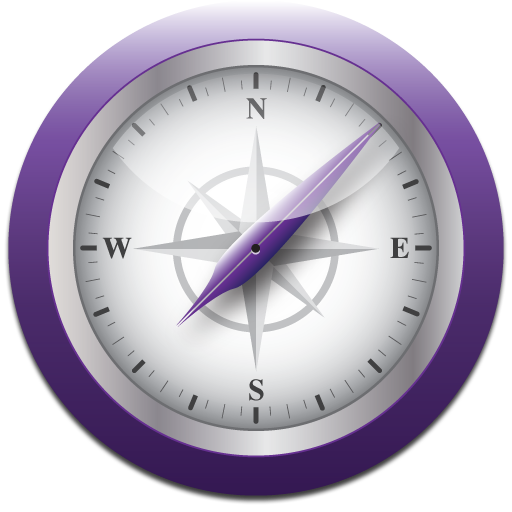Year 1 CCS1: Clinical Communication Skills
Sessions
Introduction to Communication in Healthcare
- Discuss the case for improving communication in healthcare.
- Describe what is meant by patient-centred communication.
- Explain the importance of exploring the consequences of ill health on patients’ lives, their means of coping, their health beliefs and their experiences and expectations of health services.
- Describe a range of models of communication which provide a framework for promoting good communication
- Appreciate the purpose and structure of a medical history.
- Appreciate the importance of reflection and development of self-awareness in relation to learning communication skills.
Clinical Skills: Respiratory
- Carry out respiratory examination with due consideration of professional values: hand-washing, introduction, requesting permission, thanking patient, considering patient comfort
- Carry out the following examinations: deformities, scars, drains, respiratory effort, coughs, sneezes, wheezes, sputum, respiraory rate, lymph nodes, trachea, chest expansion, percussion, vocal fremitus
Clinical Skills: Abdomen
- Carry out abdominal examination with due consideration of professional values: hand-washing, introduction, requesting permission, thanking patient, considering patient comfort
- Carry out the following examinations: inspection of abdomen; palpation and percussion for liver and spleen, balloting for kidneys, listening for bowel sounds
Clinical Skills: Neuro Limbs
- carry out examination with due consideration of professional values: hand-washing, introduction, requesting permission, thanking patient, considering patient comfort.
- Examine patient for upper limb tone, lower limb tone, upper limb power, lower limb power, biceps tendon reflex, patellar tendon reflex
Clinical Skills: Cranial Nerves
- Carry out examination with due consideration of professional values: hand-washing, introduction, requesting permission, thanking patient, considering patient comfort
- Carry out competent performance of: visual field examination by confrontation, eye movement examination, facial muscles examination and examinationm of the trigeminal and facial nerves
Clinical Skills: Cardiovascular
- Carry out cardiovascular examination with due consideration of professional values: hand-washing, introduction, requesting permission, thanking patient, considering patient comfort
- Carry out the following measurements using appropriate techniques: radial and brachial pulses, systolic and diastolic pulses, Korotkoff sound interpretation, JVP, apex beat, carotid pulse, dorsalis pedis pulse, posterior tibial pulse
- Examine feet for peripheral oedema
Clinical Skills: Joints
- Carry out examination with due consideration of professional values: hand-washing, introduction, requesting permission, thanking patient, considering patient comfort
- Undertake patient examination, including visual assessment of patient wellness; feet to face examination; clinical clues evaluation; assessment of vitals
- Examine the knee including visual observation, feel, move, testing and function
- Examine the elbow including visual observation, feel, move, special testing and function
Communication & Diversity
- Consider diversity in the context of GMC Duties of a Doctor
- To recognise the importance of cultural factors as they affect equality of access, patient care and safety
- To increase awareness of our cultural influences and what the practitioner and patient brings to the medical encounter
- Create a learning environment of interest, enthusiasm, curiosity, respect and safety to share, if you want to, your views, experiences and knowledge
Communication with People with Hearing Impairment
- Explain the Disability Discrimination Act and its purpose
- Describe the prevalence and pattern of hearing impairment in the population
- Describe methods of working with hard of hearing people including lip reading, hearing aids and signing
- Describe what is meant by deaf culture and the implications of this for communicating with people who have a hearing impairment.
- Describe the principles of British Sign Language and be understood using basic signs.
- Identify ways of enhancing communication with people who have a hearing impairment.
Communication with People with Visual Impairment
- Explain the Disability Discrimination Act and its purpose.
- Describe the prevalence and pattern of vision impairment in the population.
- Describe how visual impairment affects blind and partially sighted people.
- Offer practical hands on assistance to individual blind and partially sighted people in the (RNIB) recommended manner.
- Identify ways of enhancing communication with people who have a hearing or vision impairment.
- Know causes of global blindness.
- Know causes of adult blindness in the UK.
- Know causes of childhood blindness in the UK.
- Know of strategies for improving function with cerebral visual impairment.
SDL : E-learning Module - Initiating the Consultation
SDL : E-learning Module - Information Gathering and History Taking
SDL : E-learning Module - Explanation and Planning
SDL : E-learning Module - Building the Relationship
SDL : E-learning Module - Structuring the Consultation
SDL : E-learning Module - Introduction to Effective Clinical Communication
SDL : E-learning Module - Closing the Consultation
Workshop 1: Patient-centred Communication
- Identify appropriate professional behaviour in relation to interactions with patients and colleagues.
- Identify barriers and enablers to effective communication and recognise the responsibility that health care professionals have in overcoming barriers.
- Demonstrate an awareness of the patient’s/relatives concerns and how these might be presented.
- Recognise and respond to patient’s cues.
- Negotiate patients’ consent to help in students’ learning.
- Demonstrate skills in introduction, initiation of the history and exploration of the patient’s problem (medical and psychosocial).
- Demonstrate respect and empathy and to establish rapport using verbal and non-verbal skills.
- Manage professional boundaries appropriately. (To deal with a patient’s questions up to the level of their competence, respond appropriately to a patient’s complaint and requests).
- Give and receive feedback that is useful for learning.
Workshop 2: Communication - Working with Health Beliefs and Culture
- To increase awareness of relevant issues related to culture and health beliefs.
- To identify the potential effects of culture, age, ethnicity, gender, religion, sexuality, socio-economic status and cultural environment on communication in healthcare settings.
- To explore the skills of acknowledging cultural norms in a respectful manner.
- To develop understanding of the role of advocates and interpreters.
- To observe examples of best practice.
- To consider how variation in social relations and health beliefs can affect communication in health care settings.
- To consider how linguistic and politeness conventions can aid or interfere with communication.
